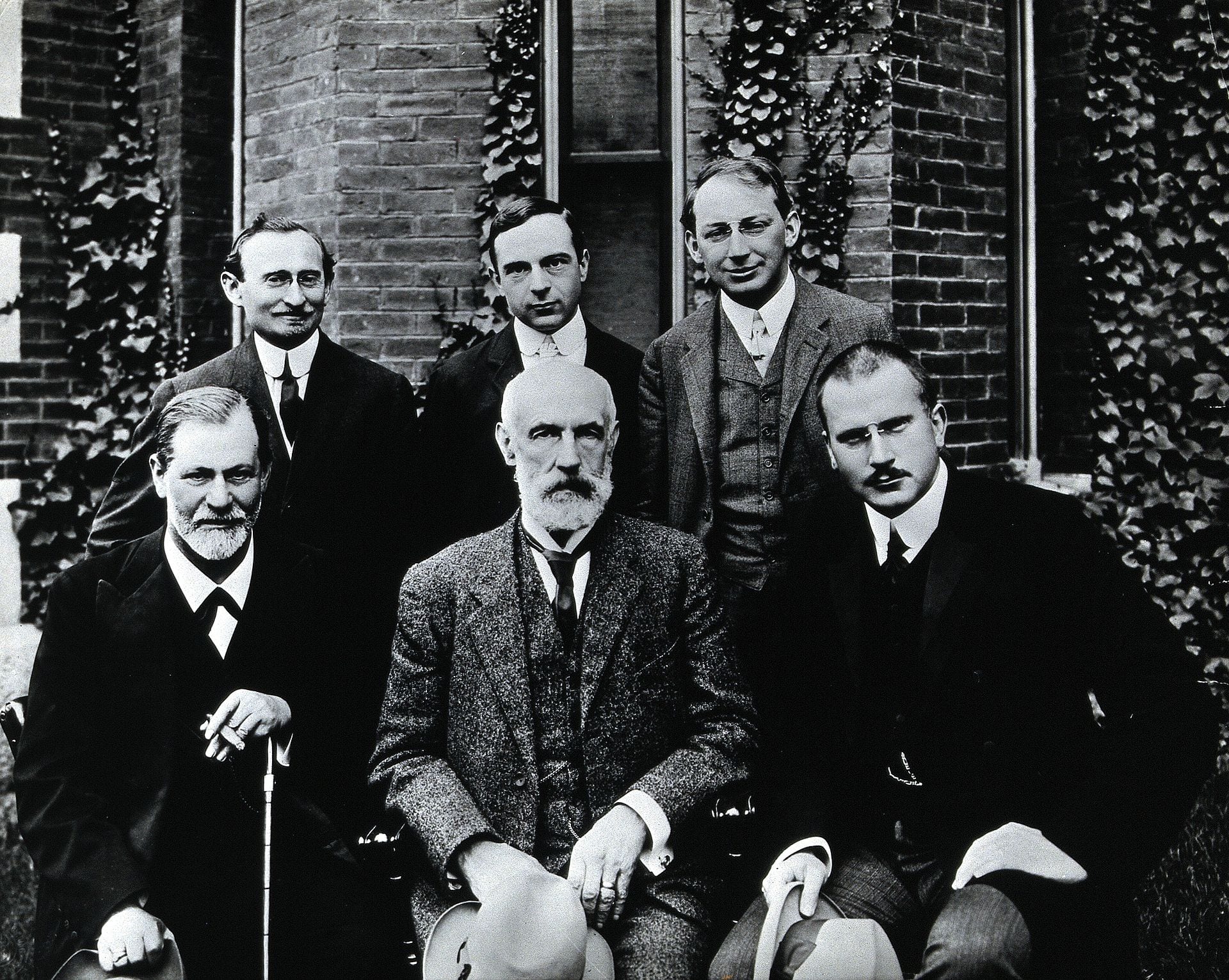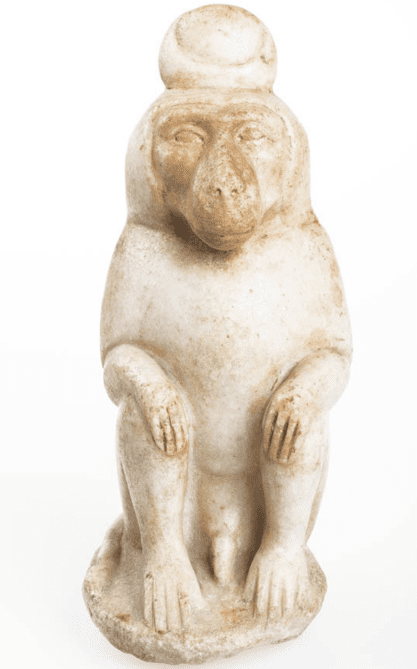Sigmund Freud’s Biology of Art
Sigmund Freud may have been a psychoanalyst, but he was also a major lover of the arts. While he may not have created much art himself, Sigmund Freud’s art contributions came in other forms.
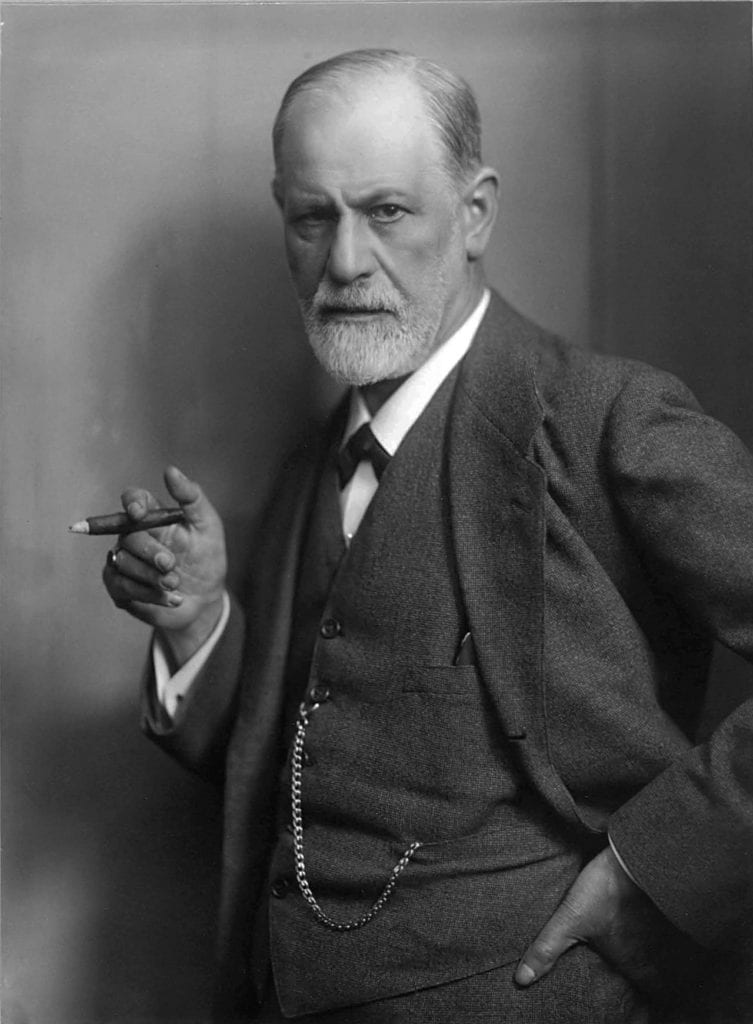

You see, Freud loved art, but he, like many of us today, could not afford art in his earlier life. He wanted to be a collector, but without the finances, he decided that he would collect plaster replicas of art.
- A vast collection of over 2,000 pieces
- Theory of Art
Perhaps this is an early form of manifestation, but it worked.
Vienna, at the time, had many markets, and in these markets, you could find pieces of antiquity. Freud just so happened to be a fan of Rome, Egypt, Greece and other great civilizations of the past, so he would collect a lot of the statues, vases and other ancient artifacts from these markets.
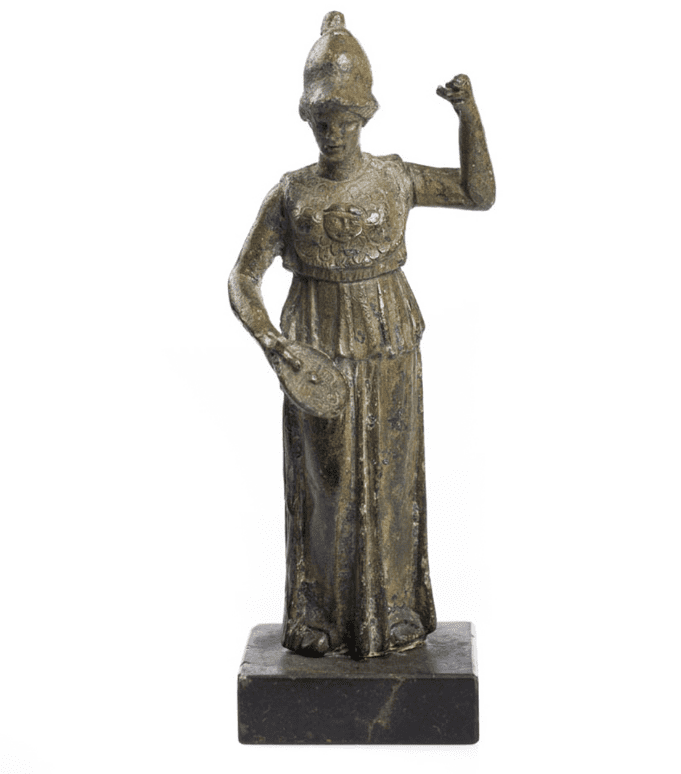

Often displayed on his desk were his favorite pieces, and a beautiful statue of Athena.
He collected over 2,000 pieces of art, and they’re held in museums dedicated to Sigmund Freud. Everything is kept just as he would have had it in his office, down to the arrangement which he preferred.
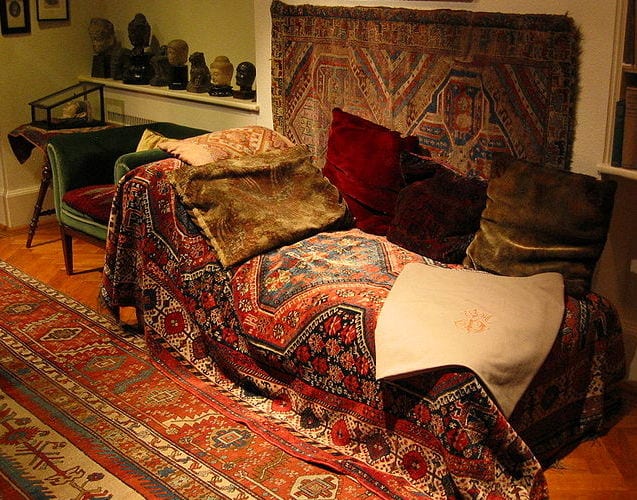

His early works may not have had much of an art influence, but he did much of his best works staring at the many pieces of art on his desk. He kept all of his favorite pieces on his desk at all times, and many pieces in his office and study.
Motivation to Create
Philosophers debate about many things, and art is no exception. Many people see the beauty of art and admire it, but philosophers ponder the question of why? Why do artists decide to create art? What sparks the imagination of an artist?
Sigmund Freud could have analyzed all areas of art, but his focus was on motivation to create.
His interest lies in the artists’ ability to shape a medium, and then the process of shaping into the final form that was on display. And it makes sense because Freud was attracted to sculptures the most, or so his art collection would hint at.
A few key aspects were of the utmost importance to Freud:
- Inter-relations of the:
- Life of the artists
- Works
- Chance experiences
Freud wanted to see how a person’s life and experiences shaped their art, and this would be expressed in art. He believed that all art was a form of expression, and it is this form of expression that showed the true desires and instincts of a person. Unconscious desires, and even sex and aggression, are what Freud wanted to tie to an artists’ work.
Freud believed that there were three main aspects of personality:
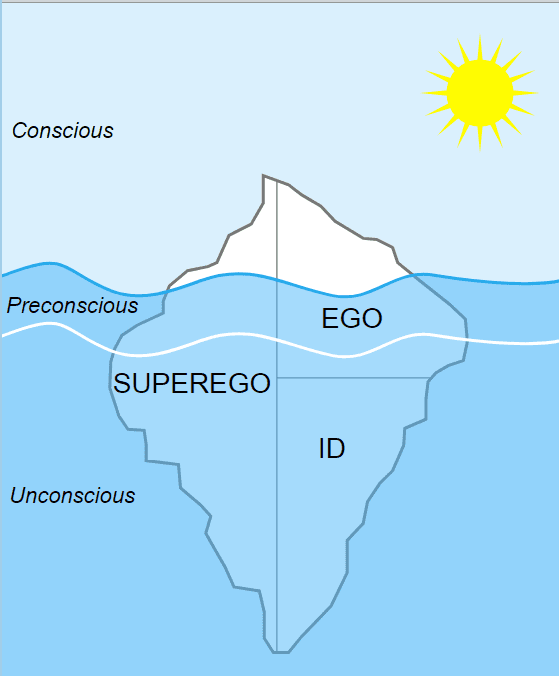

- ID – animal-like desires, such as those that well inside a person looking for gratification.
- Ego – learned behaviors, closely attached to the ID, which include laws and social norms that people follow.
- Superego – the part of a person that is most concerned with right and wrong and morals.
As you can see, the ego and superego are repressive, and they are what help a human hide those primal behaviors and desires. It's a form of internal struggle and strife that exists within everyone, and it’s a battle of the subconscious and conscious.
Freud believed that art is a means of expression, and it is through this art that a person is able to release all of those repressed behaviors in a way that was constructive.
But as anyone that has studied Freud knows, he always looked deeper than just these basic aspects of a person’s desires. He knew that humans have a longing for many things, including love, riches, fame, honor and power.
Never being able to fulfill all of these desires to achieve gratification, Freud believed that artists would then turn away from the reality of their lives and put all of this energy and desire into fantasy. It's this fantasy that the person would try to fulfill, and Freud viewed this as a form of neurosis.
Art, in the eyes of Freud, was simply too close to reality, allowing this form of neurosis to fester and never actually fulfill those animal-like desires that a person has naturally.
Ultimately, Sigmund Freud believed that the neurosis would flow into a person’s artwork. He believed that the internal conflict taking place in a person’s mind would flow into their works and was both the beauty and darkness of a person being manifested.
Digging into Freud’s Art Collection to Understand His Own Psychology
Sigmund Freud’s collection of art was massive, and it would be a lot different than it would be today if Freud was alive. He had the ability to go to antiquity markets, and I don’t know about you, but I have never walked down the street, found a market and was able to purchase parts of a mummy case from Egypt.
Freud became obsessed with his art, and it ended up with him dreaming about art.
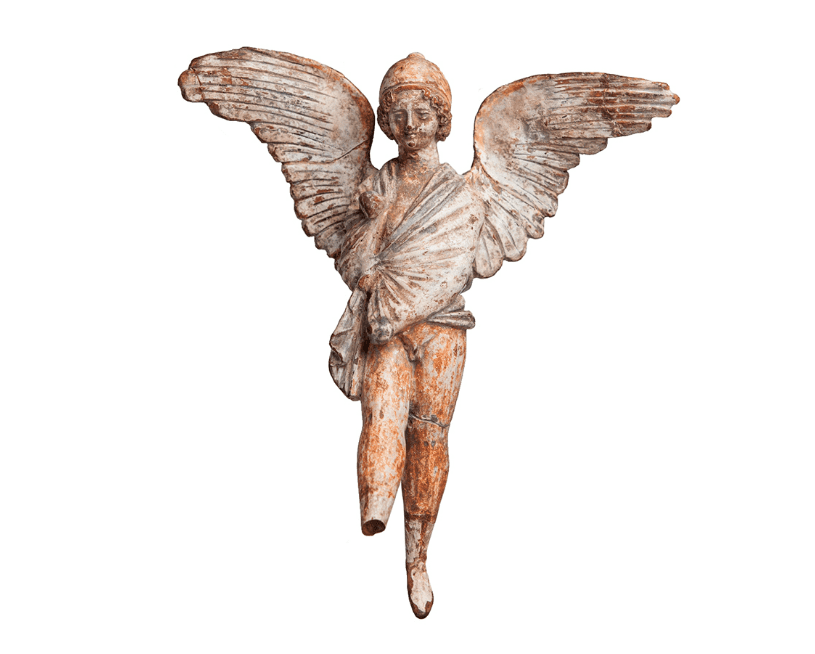

He would collect the pieces, but he was also obsessed with the culture of Greece, Egypt and Rome. Art works weren’t just a form of art, but they also represented the culture and repressed feelings that people of the time had. In fact, if you think about Freud’s theory, you could understand why he had such an obsession. Based off of his theory, one could delve into a person’s mind and experiences if they analyze a person’s art properly.
Fantasies of Freud’s dream often included an art lover.
Meaning in paintings was human to Freud, and this helped shaped his entire collection. He had a dream of The Island of the Dead, and if you look at his collection, you can see that Freud was a dark man.
He collected many art pieces that would have been used in the burial of the dead, and for a man as dark as Freud, this is fitting.
Freud’s scientific works will also be a subject of discussion among the scientific community, and no matter how you feel about him as a scientist, it’s hard to deny that his theory on art is wrong. Perhaps he was on to something when he claimed that art holds that inner, animal-like desire and experiences that a person had during their lives.





